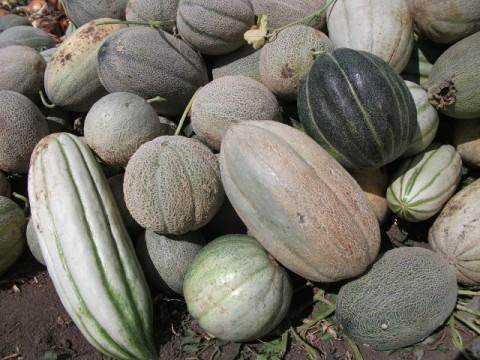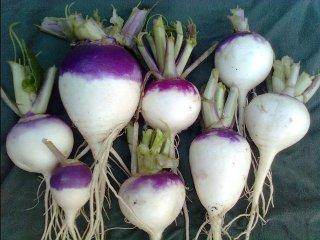




Moderator, Treatment Free Beekeepers group on Facebook.
https://www.facebook.com/groups/treatmentfreebeekeepers/









Michael Cox wrote:If barley is grown in your area already then you can probably find some feral plants. Look for roadside verges/hedgerows/edges of fields where barley has been grown before. Ferals will already be heading down the path of naturalising to your local conditions.



























I think having land and not ruining it is the most beautiful art that anybody could ever want to own. - warhol















I think having land and not ruining it is the most beautiful art that anybody could ever want to own. - warhol















I think having land and not ruining it is the most beautiful art that anybody could ever want to own. - warhol






 3
3









It's never too late to start! I retired to homestead on the slopes of Mauna Loa, an active volcano. I relate snippets of my endeavor on my blog : www.kaufarmer.blogspot.com

 1
1






 1
1












 3
3








Joseph Lofthouse wrote:A lady grew some squash in my garden last year from a commercial packet of seeds. The bugs devoured them. It was surreal to me. I had forgotten that we even have bugs in this area that eat plants... I used to cull squash plants that attracted bugs, but now I barely remember that they used to be a problem.
Pecan Media: food forestry and forest garden ebooks
Now available: The Native Persimmon (centennial edition)




Dan Boone wrote:
Today I noticed that one of the plants had turned dark in color. Upon close examination, it was completely covered with some sort of insect eggs on the undersides of the leaves. I don't know what they are but they look like whatever was chewing up my kale all last summer.




 Murderous little things on Brassicas....
Murderous little things on Brassicas....“The most important decision we make is whether we believe we live in a friendly or hostile universe.”― Albert Einstein
 2
2





 3
3






















 3
3




















Joseph Lofthouse wrote:Once I saw what a powerful technique it is for me, I committed to converting every crop that I grow into a landrace.





“The most important decision we make is whether we believe we live in a friendly or hostile universe.”― Albert Einstein

 1
1





 1
1












“The most important decision we make is whether we believe we live in a friendly or hostile universe.”― Albert Einstein
 1
1




“The most important decision we make is whether we believe we live in a friendly or hostile universe.”― Albert Einstein
 2
2









 1
1




Jenna Ferresty wrote:When planting landrace seeds, do you still rotate planting spaces or do you plant in the same place and hope to breed pest resistance?




“The most important decision we make is whether we believe we live in a friendly or hostile universe.”― Albert Einstein

 2
2




 1
1





 1
1




“The most important decision we make is whether we believe we live in a friendly or hostile universe.”― Albert Einstein

|
What are you saying? I thought you said that Santa gave you that. And this tiny ad:
Support permies and give beautiful gifts to gardeners: permaculture playing cards.
https://gardener-gift.com/
|






